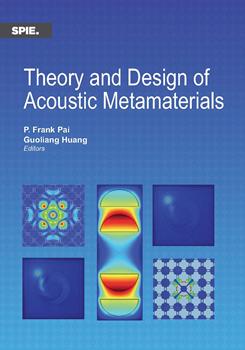|
The development of metamaterials provides an unprecedented possibility for steering physical fields to a desired degree; to this end, a correspondence between the functional pattern of the physical fields and the distribution of the material properties is highly demanding, which is usually obtained by solving an inverse problem. To illustrate this problem, an example of wave path rotation is sketched in Fig. 6.1. In any isotropic and homogeneous material, wave paths are straight lines. If we want wave paths to be curved along a designed path, a specific distribution of the material property must be known; this is a typical inverse problem and is not well-solved. To circumvent this difficulty, the so-called “transformation method” has been proposed, which provides an efficient tool for finding the necessary material property distribution with a prescribed functional pattern of the physical field. In this method, the necessary material property distribution is derived from a known distribution through a topological transformation instead of solving the inverse problem, and such designed materials are usually called “transformation materials.” In general, the transformation material is anisotropic and inhomogeneous.
The transformation method elegantly provides at least one solution of the aforementioned inverse problem for a class of phenomena, the governing equation of which is form-invariant. The process can be explained as follows. First, a material and corresponding physical fields are assumed to be attached together in space. Second, a spatial distortion is used to characterize the required distribution of the physical field. Finally, the necessary material distribution is derived from the material distribution in the undeformed space and a transformation relation describing how the material parameters are transformed with the spatial distortion. As an example shown in Fig. 6.1, if the designed wave paths are those that are rotated from straight lines, the material in the initial space, which is usually (but not necessarily) isotropic and homogeneous, should be known in advance. Then a mapping is constructed to bridge the relation between the initial space and the distorted space; the required material distributions are calculated according to the transformation relation derived from the form-invariance of the governing equation. Therefore, the design of the material distribution is converted to a design of the spatial distortion.
|


